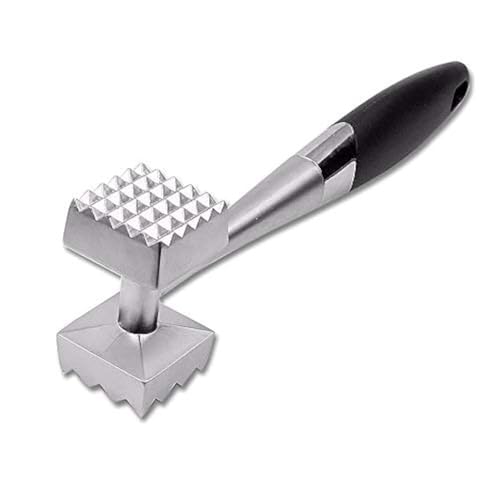The Difference Between a Mallet and a Hammer
When it comes to tools, there are often subtle yet significant differences between seemingly similar items. Two tools that often get confused are the mallet and the hammer. While both are used for striking, their design and purpose differ. In this article, we will explore the key differences between mallets and hammers and how they are used in various industries.
Mallet: A Versatile Striking Tool
A mallet is a type of striking tool that is primarily used for woodworking and carpentry. The design of a mallet typically consists of a large, cylindrical head made of rubber, wood, or other soft materials. The purpose of the soft head is to prevent damage to the workpiece being struck.
Mallets are generally used when a softer blow is required. They are especially useful for tasks that involve tapping or shaping delicate materials, such as chiseling, carving, or fitting joints together. The soft head of a mallet allows for better control and reduces the risk of leaving marks or dents on the surface being worked on.
In addition to woodworking, mallets are also used in various other industries. For example, leatherworkers may use mallets to shape and mold leather. Metalworkers may use mallets to shape sheet metal or rivet pieces together. The versatility of the mallet makes it a valuable tool in many applications.
Hammer: A Tool for Nailing and Driving
On the other hand, a hammer is a tool specifically designed for driving nails, screws, or other fasteners into different materials. Unlike a mallet, a hammer has a solid metal head, usually made of steel, attached to a handle.
The weight and design of a hammer’s head contribute to its driving force. The striking face of a hammer is flat and often rectangular, providing a concentrated point of impact. This allows for maximum force to be exerted on the fastener being driven.
Hammers come in various sizes and designs, each suitable for different applications. Claw hammers, the most common type of hammer, have a curved ‘claw’ on one end of the head, which can be used to withdraw nails or pry objects apart. Ball-peen hammers have a rounded end opposite the striking face and are typically used for metalworking tasks, such as striking or shaping metal.
The Key Differences
The main differences between a mallet and a hammer lie in their design, purpose, and the materials they are used on.
While both tools involve striking, a mallet has a soft head made of rubber, wood, or other soft materials, whereas a hammer has a solid metal head. The soft head of a mallet provides a more controlled and gentle blow, making it suitable for delicate materials.
Additionally, mallets are more versatile and can be used in a range of industries, including woodworking, metalworking, and leatherworking. Hammers, on the other hand, are primarily used for driving nails and fasteners into various materials.
In summary, the key difference between a mallet and a hammer lies in their design and purpose. A mallet has a soft head and is used for tasks that require a softer blow, such as woodworking or shaping delicate materials. A hammer, on the other hand, has a solid metal head and is used specifically for driving nails and fasteners into different materials.
Understanding the differences between mallets and hammers helps professionals and hobbyists choose the right tool for the job and ensures that the intended task is completed efficiently and effectively.






